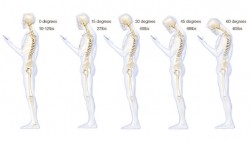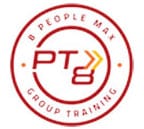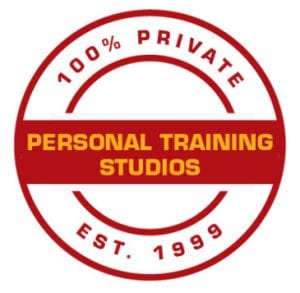Even though it’s number one on this list, sitting down is NOT the only thing that causes poor posture and back pain. There are a number of different daily habits that are harmful to your posture and back muscles, and can all contribute to pain and injury, some of these are explored below.
Sitting down
There is a lot of information out there about how sitting down for long periods of time is bad for your posture. There is no doubt that being in a seated positing for long periods of time causes tightness in the hip flexors and lower muscles, and weakness in the hip extensors and abdominals muscles, pulling the pelvis out of alignment and commonly leading to back pain.
 Wearing incorrect footwear
Wearing incorrect footwear
Wearing appropriate footwear on a daily basis – particularly if you spend a lot of time on your feet, is crucial to support muscle balance and posture. Issues that begin at the feet will transfer through the ankles, knees, hips and through the spine, affecting posture.
High heeled shoes can create short, tight calf muscles and a changed lower back posture leading to lower back and knee pain.
Shoes that do not properly support the arches can lead to plantar fasciitis, shin splints, or can exacerbate existing over pronation or supination – even more so if you are completing high impact activities like running.
Carrying shoulder bag/ hand bag
Having a heavy hand bag or equipment bag over one shoulder puts a lot of pressure on one side of your upper trapezius muscle. When this muscle becomes tight it causes stiffness and pain in the neck and upper back and can lead to tension headaches. In addition to tightening the trapezius, having additional weight on one side of the body shift the centre of gravity to one side, forcing the spine to curve sideways and the body to lean in order to compensate and remain balanced. This creates further imbalances in the muscles on either side of the body, and can lead to back pain and injury.
Carrying baby
Very similar to carrying a heavy bag on one side, carrying a baby or toddler on one hip creates a lean to one side, pulling the spine out of alignment and creating imbalances in the muscles. We tend to carry our load on our non-dominant side, to allow our ‘good’ hand to complete the fine motor skills like dialling the phone or unlocking the door.
Unequally distributing weight
When we’re standing around casually we tend to lean to one side, putting all our weight on one leg, or leaning against a chair/wall. While it is fine to swap your weight from side to side, spending long periods of time in this position shifts your centre of gravity and forces your spine to curve to the side, creating imbalance between the muscles on either side of your hips and spine.
Texting/ scrolling on your phone
When we sit or stand with our phone or tablet in front of us, we tend to hunch forward with our head down and shoulders rounded. This pulls the head and shoulders forward causing tightness in the chest and front-of-the-shoulder muscles, and weakness in the upper back and neck retractors. Over time this can lead to a forward-head posture and tension headaches.
What to do?
The key to maintaining good posture and reducing/preventing lower back pain is to keep moving and stay balanced. Try to get up and move around if you spend a lot of time sitting. Strengthen up the muscles that have become weak, and stretch the muscles that are too tight. Wear sensible, supporting foot wear. Avoid carrying heavy items on one side – try to swap sides often, or even better, carry a back pack that evenly distributes weight across both shoulders. Try to carry yourself with good posture at all times, and when you are using a phone or tablet, recline back and hold the screen up higher, avoid looking down.




